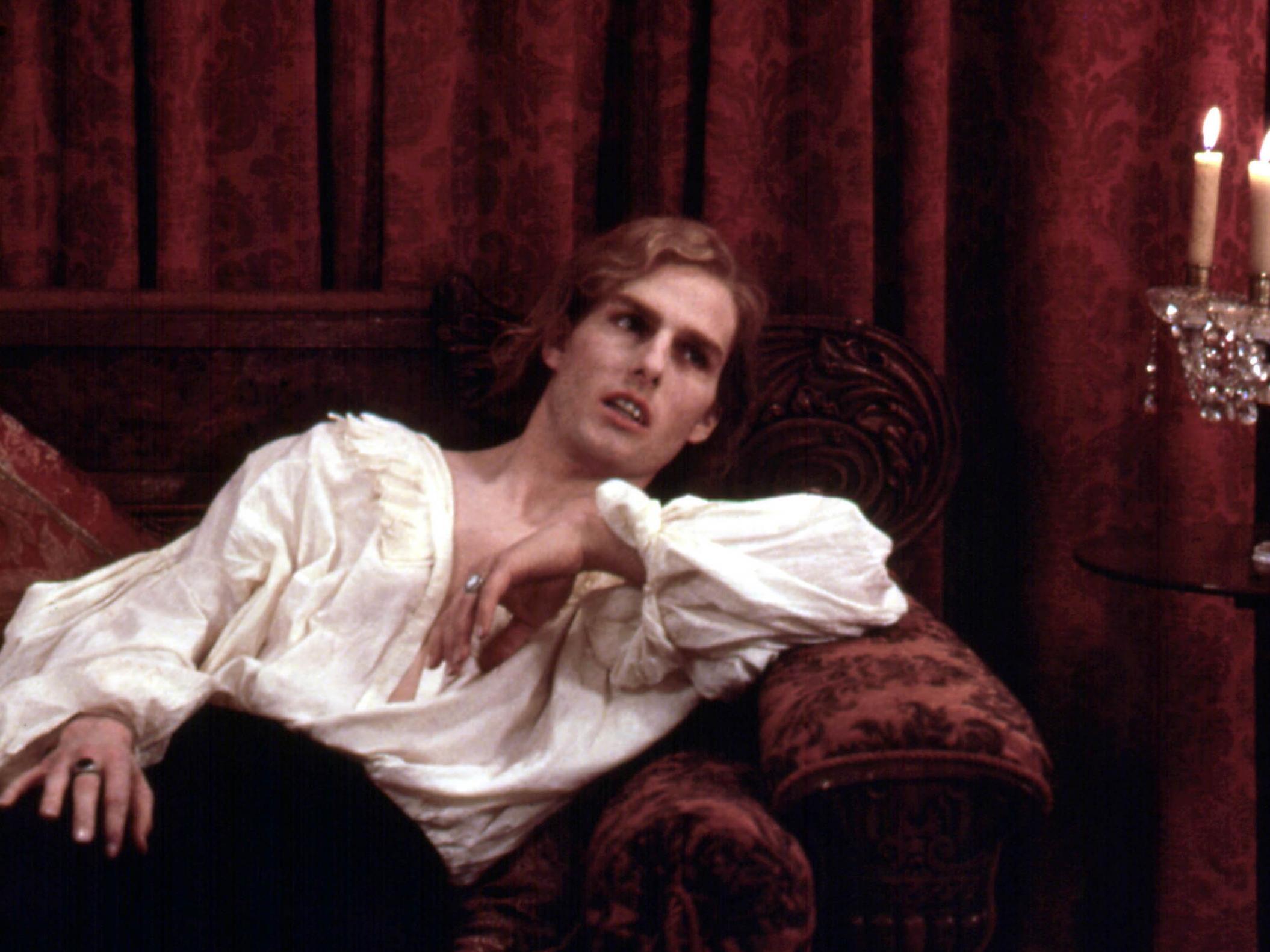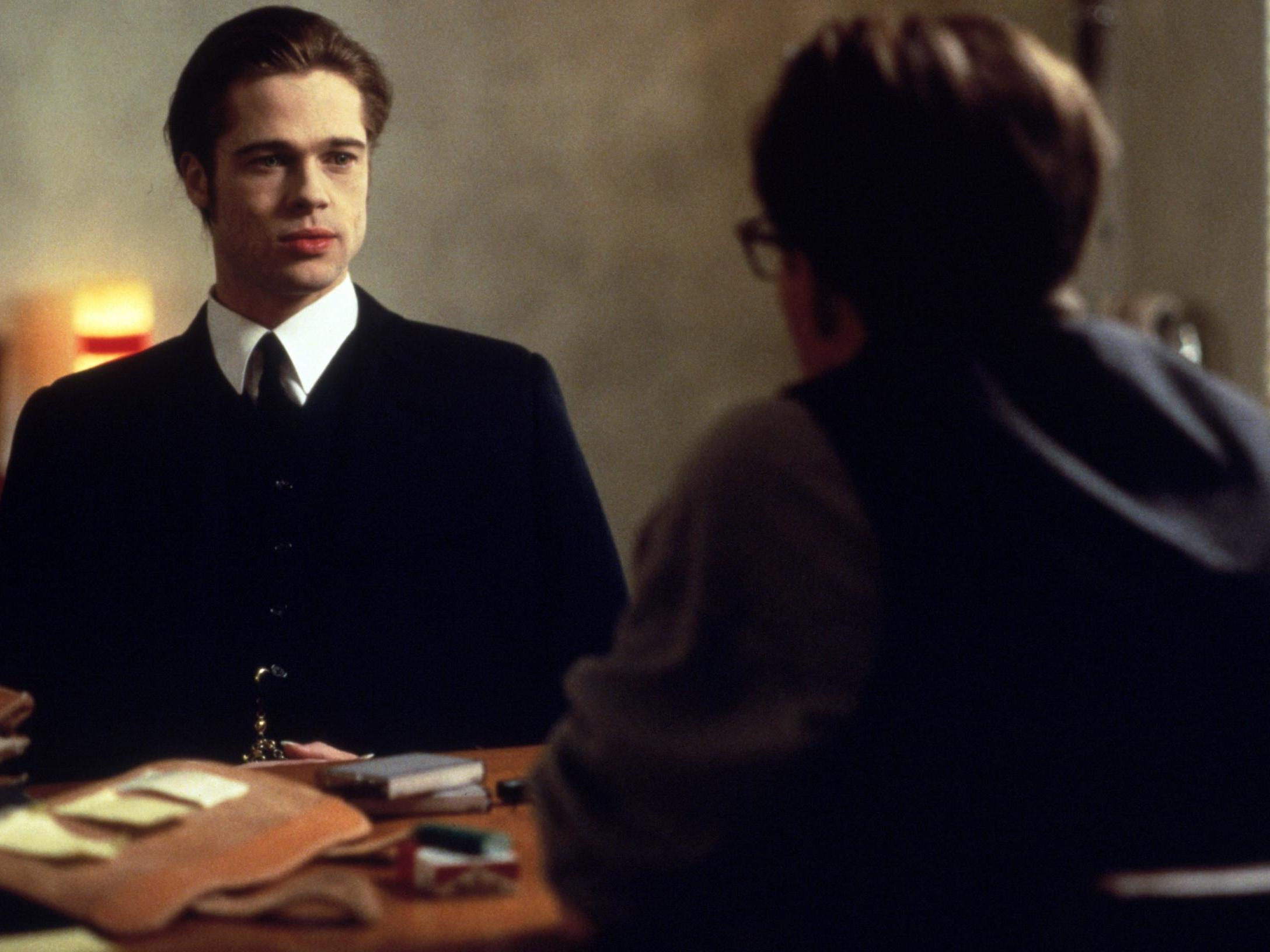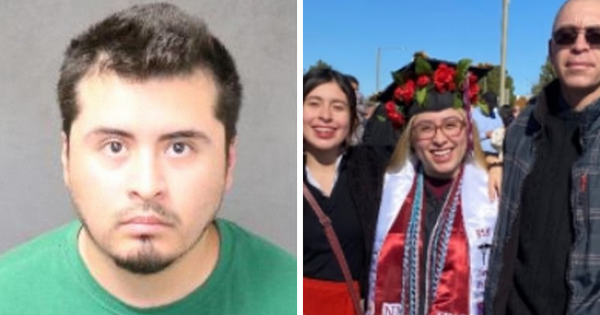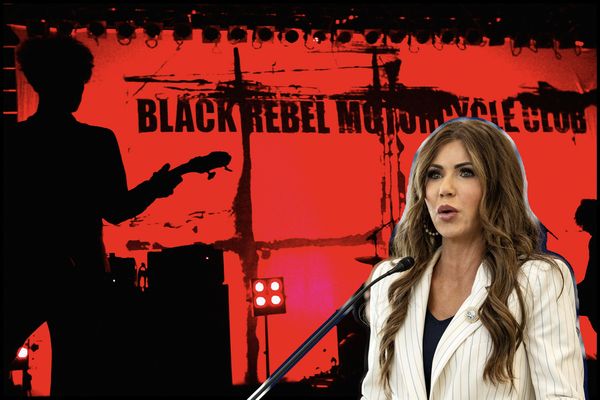
It was a dreary November in London and Brad Pitt was tired of hanging upside down. So he called his friend and, later, employer – studio mogul David Geffen. How much would it cost to step away from his commitments and take the next flight home? Geffen smiled like an affable shark. “Forty million,” he replied. This would include the lawsuit that would inevitably come the actor’s way when he walked out on the job. Pitt groaned. But he stayed.
Interview with the Vampire, with a budget of $60m (£47m), was one of the biggest productions the then 30-year-old heartthrob had ever taken on. However, the Neil Jordan adaptation of Anne Rice’s bloody bonkbuster, which turns 25 today, was to prove more challenging than Pitt had ever suspected. For the first and last time in his career, he was on the brink of quitting.
Rice and Jordan had collaborated on the script and were determined to do justice to this sprawling tale of a glum bloodsucker (Pitt) unburdening himself to a curious reporter (Christian Slater, a last-minute replacement for the late River Phoenix). And yes, it’s true: to ensure Pitt and his co-star Tom Cruise looked as if they’d been reposing in coffins, they were required to hang upside down for 30 minutes at a time. That was the length required for the blood to drain from their faces and a vampiric pallor to seep through.
It wasn’t just the ridiculous contortions that were getting to Pitt. As vampires cannot abide sunlight, the entire film was assembled at night. During the New Orleans segment of the production, this wasn’t a deal breaker. Sad Brad had zipped around the French Quarter during the day on his motorbike, soaking up the swampy Louisiana rays. Then came winter in London and endless wee hours shoots at Pinewood Studios.
“Six months in the f***ing dark,” Pitt later lamented to Entertainment Weekly. “We got to London, and London was f***ing dark. London was dead of winter. We’re shooting in Pinewood (Studios), which is an old institution – all the James Bond films.
“There are no windows in there. It hasn’t been refabbed in decades. You leave for work in the dark – you go into this cauldron, this mausoleum – and then you come out and it’s dark. I’m telling you, one day it broke me. It was like, ‘Life’s too short for this quality of life’.”
But, while Pitt languished in despair, for Tom Cruise things were looking up. The world’s biggest movie star was delighted to discover that making Interview with the Vampire was considerably more straightforward than the hype that had preceded it. It is easily forgotten today just how much of a phenomenon the Rice novels were through the the Eighties and Nineties. She was a sort of sexually overheated JK Rowling, with Cruise’s degenerate character of Lestat de Lioncourt fulfilling the Harry Potter role (Louis was more a Hermione and Ron Weasley rolled into one).
Lestat ostensibly had a supporting part in the film as the vampire whose bite bestows immortality on the perpetually crestfallen Louis. But he was the true rock star in Rice’s universe: a swish European monster modelled on the Dutch actor Rutger Hauer.
Nobody would confuse Tom Cruise for a degenerate Riviera sophisticate – not even on a dimly lit sound-stage outside Slough. And there had been outrage when the all-American flyboy was unveiled in the role.

Front and centre of the backlash was Rice herself. In the months before filming, she undertook a public campaign distancing herself from Cruise. Bad enough that her first preference, Daniel Day-Lewis, had turned down the part, reportedly because he’d had enough of costume drama. The real insult lay in the studio’s refusal to entertain her suggestion of Jeremy Irons and to instead go straight to the star of such baroque epics as Top Gun and Cocktail.
Day-Lewis wasn’t the only one to give a polite “fangs but no fangs” to Interview with the Vampire. Ridley Scott and David Cronenberg were approached with view to directing but politely declined. And so Geffen came knocking on the door of third choice Neil Jordan, whose mastery of the sexually fluid Crying Game was seen as the perfect qualification for wrangling randy vampires.
All of this was breathlessly reported in the press, leading to mutterings that the project was doomed before it even began. So by the time Cruise and Pitt got to London, the former was simply glad to be working. In the isolation of Pinewood, he no longer had to deal with pitch-fork wielding fans demanding he be replaced.
The outcry had stunned him, without question. Cruise has rarely deviated from his public persona of chipper A-type. Yet the pushback to his Lestat casting came as a jolt, as he openly admitted at the time.
“When it first hit, it really hurt my feelings, to be candid about it,” he told Esquire. “Her [Rice’s] venom hurt… You don’t usually start a movie with someone not wanting you to do it. That’s unusual.”
David Geffen, who had campaigned for years to bring the novel to the screen, had led the counter-offensive against Rice. “Anne is a difficult woman at best, and what her motives are remains somewhat beyond me,” he said. “But for her to attack this movie for her own self-importance, when she has been paid $2m (£1.5m) [in rights] and stands to make a lot more money selling her books, is just capricious. It lacks kindness. It lacks discretion. And it lacks professionalism.”
In Rice’s defence, Tom Cruise playing a decadent Euro-trash vampire was at the time generally received as one of the mis-castings of the century. How wrong she and we all were. Twenty-five years on, Interview with the Vampire is an indisputable hoot.
Yes, the plot is all over the place. We join Pitt’s miserable Louis as he recounts to Slater’s interviewer his tragic progress from the realm of the living to the undead in 18th-century Louisiana, and the endless decades he since spent wandering the earth. It isn’t much of a story, more a sequence of loosely interconnected set-pieces.
Louis is bitten by Lestat, who asks whether he wishes to die or become a vampire. In a pathetic attempt to bring meaning to their hollow lives, they “adopt” 11-year -old-vampire Claudia (Kirsten Dunst in her first screen performance). Later, the unhappy family is split violently apart and there is a run-in in Paris with Antonio Banderas’s A-typer vamp, Armand.
Louis stumbles through it all passively and glumly. You can see genuine horror in Pitt’s eyes as he is forced to deliver his lines in a cadaverous monotone, so that he sounds like a Sisters Of Mercy fan desperately needing a decent night’s sleep.
Yet Interview with the Vampire is also gloriously barking and that’s largely due to Cruise’s wild performance. You truly would have to be as dead inside as Louis is to not enjoy a film that culminates with Tom Cruise in a vampire wig ripping Christian Slater’s throat out and driving into the night to the strains of Guns N’ Roses covering “Sympathy for the Devil”. It is one of the ultimate Cruise moments.
Rice was the first to recognise the error of her ways. The instant she clapped eyes on Cruise as Lestat she saw the light. Later, she even took out ads in the Hollywood trade magazines acknowledging her error. But if she had taken the film incredibly personally, it was for understandable reasons. Rice had started the novel in 1973 from the bottom of an ocean of grief following the death of her five-year-old daughter from leukaemia.
It would spawn endless fan fiction, which is appropriate as, in a way, Rice was writing a fan fiction version of her own life. Louis and Claudia were her and her daughter. In truth, though, the popularity of the book owed less to its autobiographical ache than to the homo-erotic pulsations between Louis and Lestat.
Vampirism has long been served as metaphor for all sorts of forbidden passions. Rice amped the subtext all the way up. This carried through to the movie: there’s a weird charge as Cruise, as Lestat, begins nibbling on Pitt’s neck and offers to either end his suffering or sweep Louis away to life everlasting. He does so both tenderly and ravenously.
Rice was, however, a canny business person as well as heartbroken author. The novel was optioned before publication, but languished for decades. Her suspicion was that the erotic tingle between Lestat and Louis was putting producers off. So she suggested gender-flipping either or both characters.
Cher and Anjelica Houston were her suggestions for the Louis part. But when Geffen asked her to write the screenplay, she instead settled on giving Louis a wife, to make clear his heterosexuality.
Oddly, her radical changes were met with resistance. Geffen and Jordan wanted to be more, not less, faithful to the novel. In the end, Jordan re-wrote Rice’s re-write, putting back in chunks of the book (and was miffed subsequently not to receive a screenwriting credit). He had restored, he said, “the little girl, and the blood, and the sex”.
He wasn’t the only one who seemed to understand, almost better than Rice, where the appeal of Interview with the Vampire lay. It was Cruise who understood that although Lestat was in many ways the villain of the piece – unlike the guilt-ridden Louis, he preys with impunity on humans – the character did not perceive his actions in those terms. Asked how it felt to play a bad guy for the first time, Cruise would shake his head. Lestat saw himself as the hero – saviour to Louis and protector of their “daughter” Claudia. It’s one of his smartest performances.
“I used the book as a reference for me,” Cruise said. “You have to read [it]... very carefully to find the clues to who Lestat is… his loneliness and his personal struggle. He recognises that Louis is a unique being. Lestat gives him the choice: that’s something I felt very strongly about. He’s really asking Louis, ‘Do you still want to die.. ?’”

Outside Rice’s considerable fanbase, nobody quite knew what to make of Interview with the Vampire when it flapped its way to cinemas on 11 November 1994 (it would reach the UK the following January). The era of the all-conquering franchises was still decades away. So the film was received as a curio, albeit a sumptuous one starring Hollywood’s two biggest male leads.
Still, the murmurings were generally positive. It was bonkers – but it felt like the right sort of bonkers. “Interview with the Vampire promises a constantly surprising vampire story, and it keeps that promise,” said The New York Times. Rice loved it too. “I was lucky I had Neil Jordan, and the movie was incredibly faithful to the book.”
It was a decent-sized hit, to boot. The film grossed $224m (£175m) globally on its $60m (£47m) budget. Still, the lingering perception was that everyone involved was slumming it slightly. Pitt, as fast as his little A-lister legs would carry him, fled London to make Seven with David Fincher. Tom Cruise sought reinvention as an action hero in the original Mission: Impossible. By unspoken agreement, neither ever mentioned Interview with the Vampire again. Figuratively, they tossed it in a coffin and bunged it in a hole.
And yet, a quarter of a century on, it glitters gaudily in both their CVs. The film is ridiculous but such a blast. It furthermore functions as ghostly foreshadowing of the superhero craze. Here are two of the great idols of the age giving themselves utterly, without irony, to a tale of caped weirdos defying the laws of the universe. They should be prouder of it and of the splash it created.
“Vampires are metaphors for all the uneasiness we have about other things,” Jordan pondered later. “The week this movie opened there were about 40 people across the United States who cut somebody else and drank their blood. They seem to believe in them.”
“Cruise gave Lestat life,” says Erin Chapman, of the Vampire Studies Association, which has at its mission to “establish vampire studies as a multidisciplinary field by promoting, disseminating and publishing contributions to vampire scholarship”.
“Lestat comes across as evil, but you get small glimpses of humanity, protruding from his dark soul. He seeks companionship and who wouldn’t after centuries of existence?… The movie encompasses general themes of the book such as good versus evil, love and immortality, and intertwines it all with a supernatural world. Despite the main characters being vampires, they just want what humans want – to be loved.“







